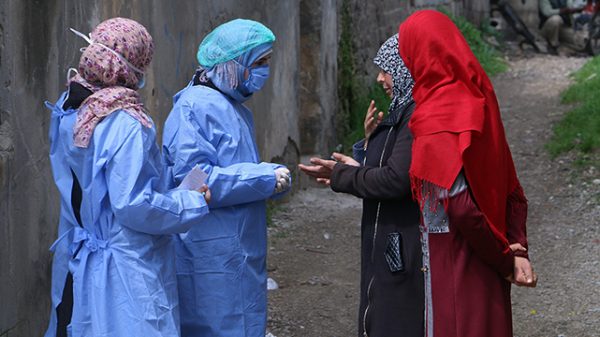Global Covid-19 cases near 51 million

- Update Time : Tuesday, November 10, 2020
- 125 Time View

The global Covid-19 caseload reached 50.8 million on Tuesday morning, according to Johns Hopkins University.
More than 1,262,413 people have died so far since Covid-19 cases were first reported in China in December last year, JHU data show.
In the United States, more than 10 million cases have been reported with 238,202 deaths. The country registered 105,927 new cases with 457 fatalities on Monday.
Brazil’s nationwide count stood at 5,675,032 on Monday with a death toll of 162,628.
The Covid-19 pandemic continues to spread in Asia-Pacific countries as India’s tally reached 8,553,657 on Tuesday. The country’s death toll has reached 126,611.
According to the World Health Organisation (WHO), the pace of the Covid-19 pandemic continued to pick up. It took just 20 days for the WHO tally to go from 40 million global cases — reported on Oct 20 — to 50 million.
According to WHO regional offices, Americas remain the most affected area by Covid-19, with a total of 21,730,622 confirmed cases and 659,080 deaths, followed by Europe where 13,135,548 confirmed cases and 311,336 death cases have been reported.
As the world is struggling to contain the pandemic, countries including Germany, France, China, Russia, the United Kingdom and the United States are racing to find a vaccine.
According to the website of the WHO, as of Nov 3, there were 202 Covid-19 candidate vaccines being developed worldwide, and 47 of them were in clinical trials.
Besides, Pfizer says an early peek at its vaccine data suggests the shots may be 90 percent effective at preventing Covid-19, indicating the company is on track later this month to file an emergency use application with US regulators.
Monday’s announcement doesn’t mean a vaccine is imminent: This interim analysis, from an independent data monitoring board, looked at 94 infections recorded so far in a study that has enrolled nearly 44,000 people in the US and five other countries.
Pfizer Inc did not provide any more details about those cases, and cautioned the initial protection rate might change by the time the study ends. Even revealing such early data is highly unusual.















